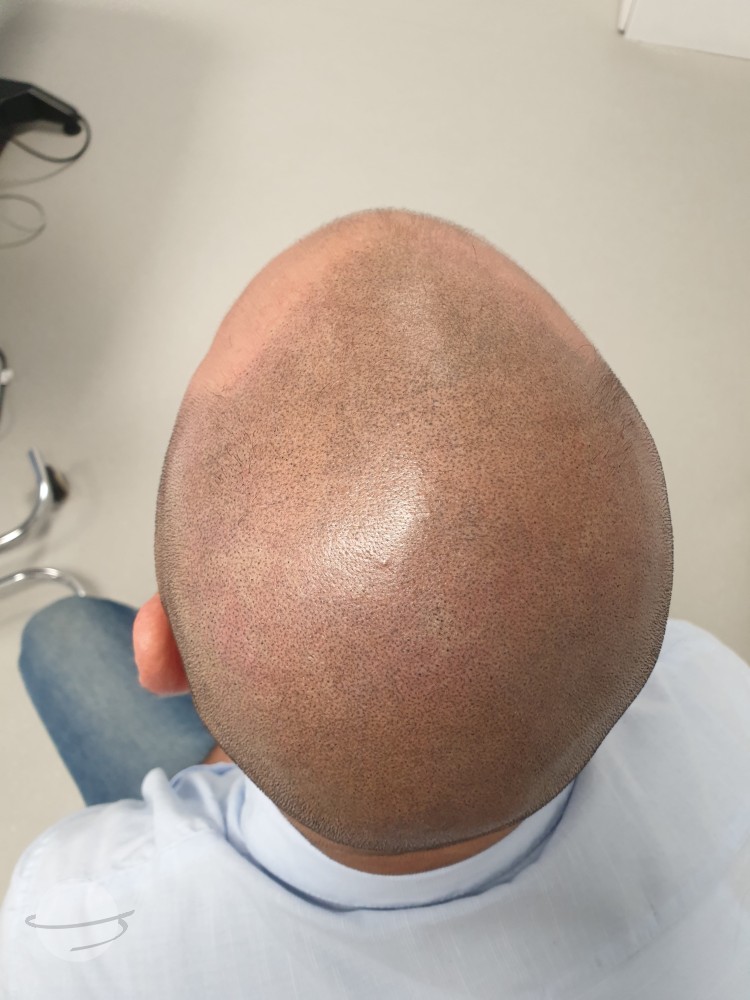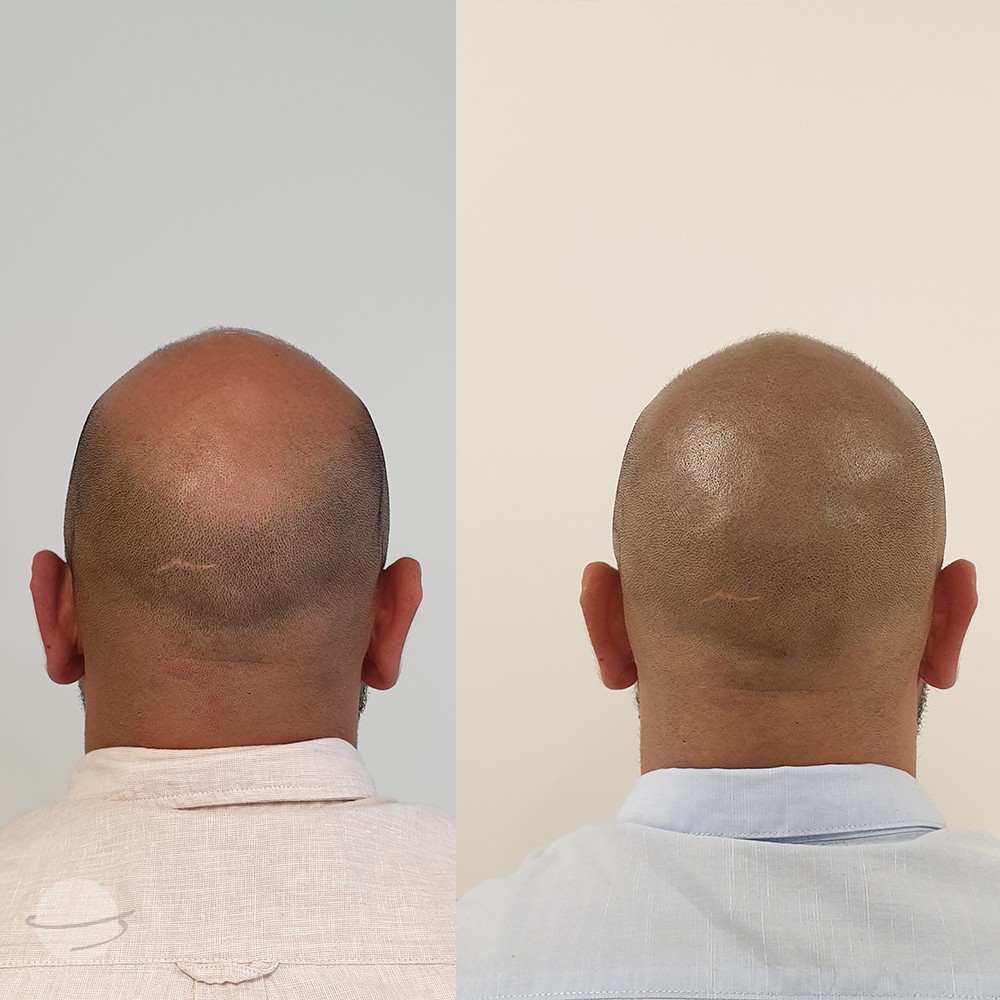
Scalp Micro Pigmentation: An Innovative Hair Solution to Treat Baldness and Restore the Appearance of Hair
Scalp Micro Pigmentation SMP details
Scalp Micro Pigmentation SMP
Prices
About
SMP (Scalp Micropigmentation) is becoming increasingly known as a hair restoration solution for both women and men.
This remarkable hair restoration technique involves replicating the appearance of shaved hair by injecting microscopic amounts of pigment into the dermis. In the hands of a qualified and experienced practitioner, the final result will be natural and undetectable: a shaved hair effect, to camouflage the appearance of partial or advanced baldness.
The density effect is achieved by reducing the contrast between the scalp color and the hair color with pigment. This technique is suitable for women and men who are not completely bald and wish to keep a certain length of hair.
A complete treatment involves 3 to 5 sessions, depending on various factors, to achieve a satisfactory result. The duration of a session depends on the area being treated, generally between 2 and 5 hours.
The scalp requires a period of rest between micropigmentation sessions. 10-14 days are necessary for the micro-incisions to heal and for the pigments to be assimilated by the dermal layer.
Resuming professional activity is possible immediately, yet the post-care protocol must be strictly followed for 10 days after each session.
SMP is a technique with a semi-permanent result that lasts 2-3 years before a pigment enhancement is necessary.
What type of hair loss is best addressed by a semi-permanent hair micropigmentation technique?
- Partial or total hair loss (shaved effect)
- Diffuse hair loss in men and women or in addition to hair transplantation (density effect)
- Scars from accidents or surgical interventions (except keloid scars)
When is tricopigmentation not recommended?
- White, blonde, red hair.
- Untreated psoriasis, folliculitis, dermatitis.
- Autoimmune diseases.
- Keloid scars.
Tricopigmentation and hair transplantation
Tricopigmentation can complement hair transplantation for a better appearance in patients who do not have a sufficiently dense donor area.
Tricopigmentation is possible 6 months after a hair transplant (if treating the same area).
Hair transplantation is possible 2 months after tricopigmentation treatment (if treating the same area).
FAQ

